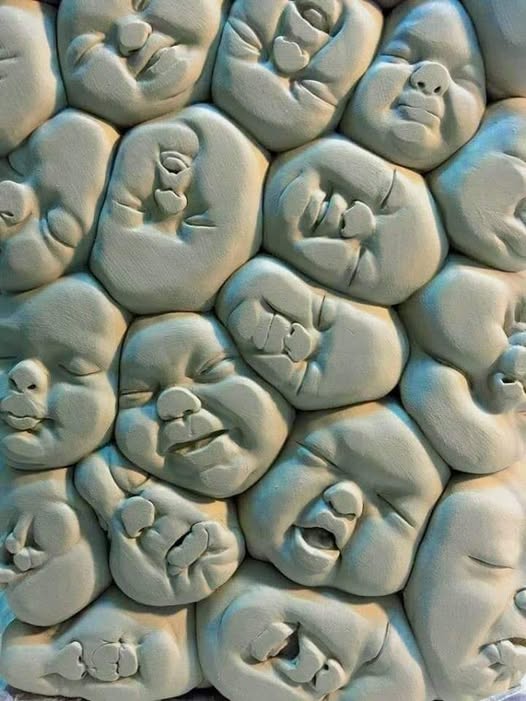
by Eric Feigenbaum at 3 Quarks Daily: Anyone who has ever watched Who Framed Roger Rabbit knows Los Angeles’ entire trajectory was changed dramatically in the late 1940’s and early 1950’s when politicians and planners of the day – perhaps spurred by some alleged corruption – believed cars and freeways were the direction of the future and invested massively in roads instead of the Pacific Electric Railway system (aka The Red Car) that provided a vast network of affordable public transportation.
The result was the quintessential example of urban sprawl. Within twenty years Los Angeles quickly grew into one of the world’s physically largest cities, eventually encompassing 502 square miles – 44 miles north to south and 20 miles east to west. And that ignores the areas around it that comprise the Los Angeles Metropolitan Area.
As a result, my hometown, is a patchwork quilt of architecture, design and landscape. Some neighborhoods have charming homes and duplexes built in the 1930s while others are filled with rundown Victorians and still others composed of 1950s cookie cutter bungalows. There are Frank Lloyd Wright houses tucked in obscure locations around the city and ostentatious palaces in the Hollywood Hills or overlooking the coast in Malibu. And we won’t discuss the San Fernando Valley which was developed as a sort of suburb within the city – only with power lines, billboards and all manner of lit-up business signs lining the main thoroughfares.
Perhaps that’s why when I first visited Singapore in 2003, its neatness and composure were striking. Even the drive from the airport to city center – or maybe especially the drive from the airport to the city center – along the East Coast Parkway was remarkable for the rain trees forming a canopy over the neat, clean, fast-moving highway which winds along the water. The City Center had people, but also a sense of calm I’ve never seen in any other major metropolitan.
Singapore is a planned city and nation.

Prior to Singapore’s independence in 1965, the island was mostly a dry red sandbar. Singapore’s founders sought to put the nascent nation on the fast track to foreign direct investment and while there were many steps involved, they realized first impressions mattered – a lot. If executives and bankers were going to choose Singapore, they would need to have confidence in the country – and aesthetics played an important part.
“After independence, I searched for some dramatic way to I searched for some dramatic way to distinguish ourselves from the other Third World countries. I settled for a clean and green Singapore,” wrote Lee Kuan Yew, founding Prime Minister of Singapore.
At first, Lee wasn’t that picky – it mattered more that Singapore began turning green. Simplicity was fine – trees, flowers, creepers on overpasses. Once remedial work was done, Lee began to set higher sights.
“An elected government cannot have certain sections of the city clean and green…and leave the rest to fester,” said Lee in a parliament address in 1968.
Certainly, in 1968 Singapore had the advantage of being moldable. It was a new and developing country whose leaders were using new and innovative methods to create rapid transformation. Massive projects to develop affordable condos were underway, traditional farmland was being cleared for urban and industrial development and new rules to ensure sanitation were reducing the rates of malaria, dengue, dysentery, hepatitis and tuberculosis that had traditionally plagued Singapore and every country in its region.
Singapore’s leadership was visionary for realizing a beautiful, well-organized city would serve both the quality of life of Singapore’s citizens and the country’s greater ambitions. They also realized sanitation, landscaping and urban planning were not just about livability or property values. The quality of their city spoke to deeper issues directly impacting political and social stability.
“If we did not create a society which is clean throughout the island, I believed then and I believe now, we have two classes of people: the upper class, upper middle and even middle class with gracious surroundings; and the lower middle and the working class in poor conditions,” Lee Kuan Yew explained.
“No society like that will thrive. No family will want its young men to die for all the people with the big homes and those owning the tall towers. So it was important that the whole island be clean, green and with everyone owning property. It was a fundamental principle on which I crafted all policies, and it’s worked.”
More here.







